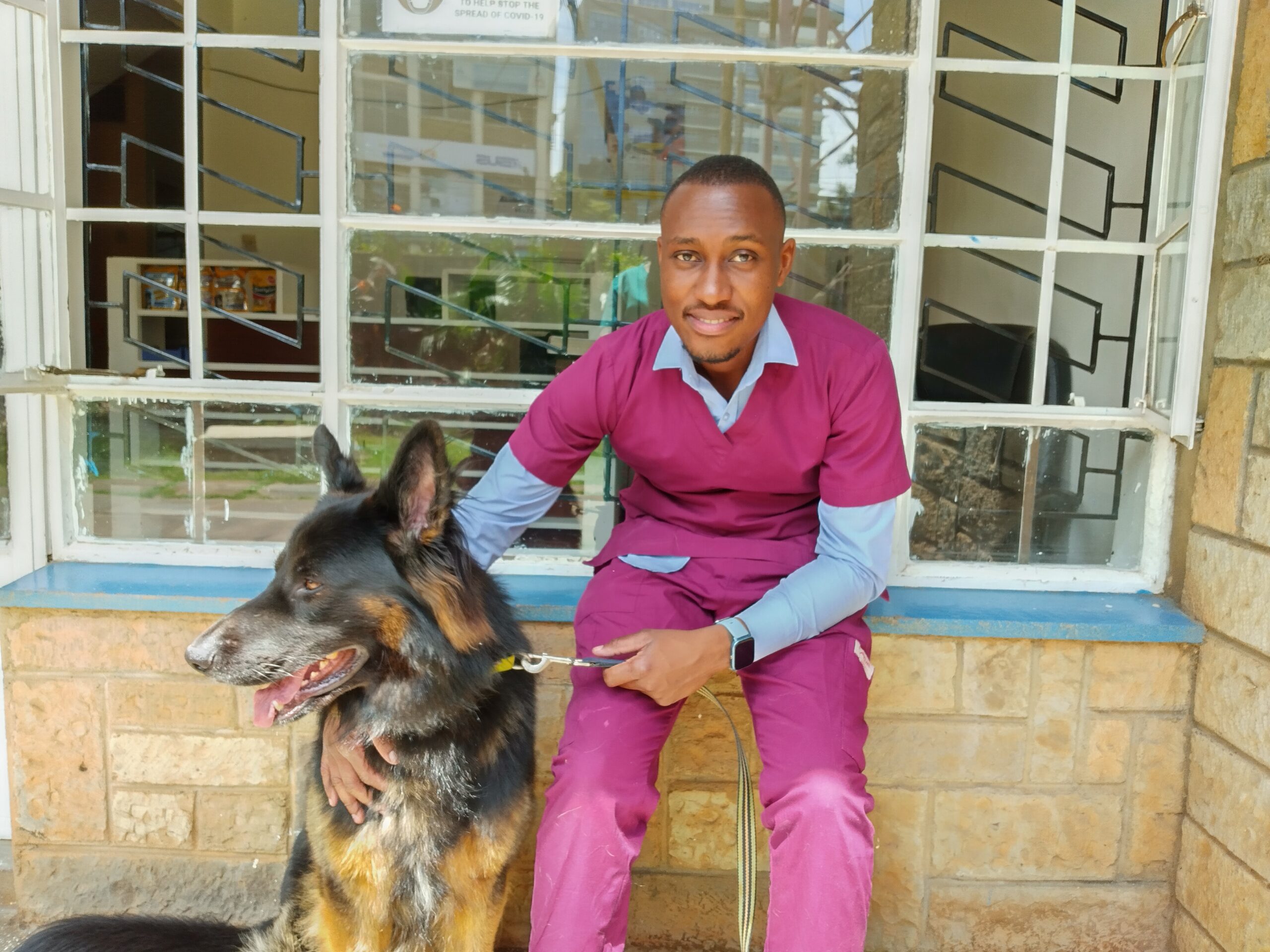The optimal age for spaying a female cat is typically between 4 and 6 months of age. Spaying, also known as ovariohysterectomy, involves the removal of the ovaries and uterus, and it helps prevent unwanted pregnancies and certain health issues in cats.
Spaying at a young age is generally recommended for several reasons:
- Preventing unwanted pregnancies: Spaying before the cat reaches sexual maturity eliminates the risk of unplanned litters.
- Reducing the risk of certain health issues: Spaying can help prevent uterine infections (pyometra) and reduce the risk of mammary tumors, especially if performed before the cat goes into her first heat cycle.
- Behavioral benefits: Spaying can also help reduce certain undesirable behaviors, such as yowling, spraying, and aggression, associated with the mating instinct.
Preparing your cat for the spaying procedure
Preparing for cat surgery involves several important steps to ensure the well-being and safety of your feline companion. Here’s a general guide on how to prepare for cat surgery:
- Consultation with the Veterinarian:
- Schedule a consultation with your veterinarian to discuss the need for surgery, the procedure itself, and any potential risks or complications.
- Ask any questions you may have and address concerns about the surgery.
- Preoperative Examination:
- The veterinarian will conduct a preoperative examination to assess your cat’s overall health and suitability for surgery.
- Blood tests may be recommended to check for any underlying health issues.
- Fasting:
- Follow your veterinarian’s instructions regarding fasting before the surgery. Typically, cats should not have food for at least 8 to 12 hours before the procedure to reduce the risk of complications.
- Water Access:
- Ensure that your cat has access to water until a few hours before the surgery unless your veterinarian advises otherwise.
- Medication Management:
- If your cat is on any medications, discuss with the veterinarian whether they should be continued or temporarily stopped before the surgery.
- Comfort and Security:
- Provide a comfortable, quiet, and secure space for your cat the night before the surgery. This helps reduce stress.
- Transportation Arrangements:
- Plan how you will transport your cat to and from the veterinary clinic. Have a secure carrier that allows for safe transportation.
- Postoperative Care:
- Discuss postoperative care instructions with your veterinarian. Understand any medications that need to be administered, postoperative activity restrictions, and signs of complications.
- Recovery Area at Home:
- Prepare a quiet and comfortable recovery area at home where your cat can rest undisturbed. Provide soft bedding and access to food and water.
- Follow-up Appointments:
- Schedule any necessary follow-up appointments with the veterinarian to monitor your cat’s recovery.
- Emergency Contact Information:
- Have the contact information for your veterinarian or an emergency veterinary clinic readily available.
Remember that each cat is unique, and your veterinarian may provide specific instructions based on your cat’s health and the type of surgery being performed. Always follow your veterinarian’s recommendations for the best outcome for your cat.
It’s essential to consult with a veterinarian to determine the best time for spaying based on the cat’s health and development. In some cases, if a cat is in heat or pregnant, the veterinarian may need to adjust the timing of the spaying procedure.







